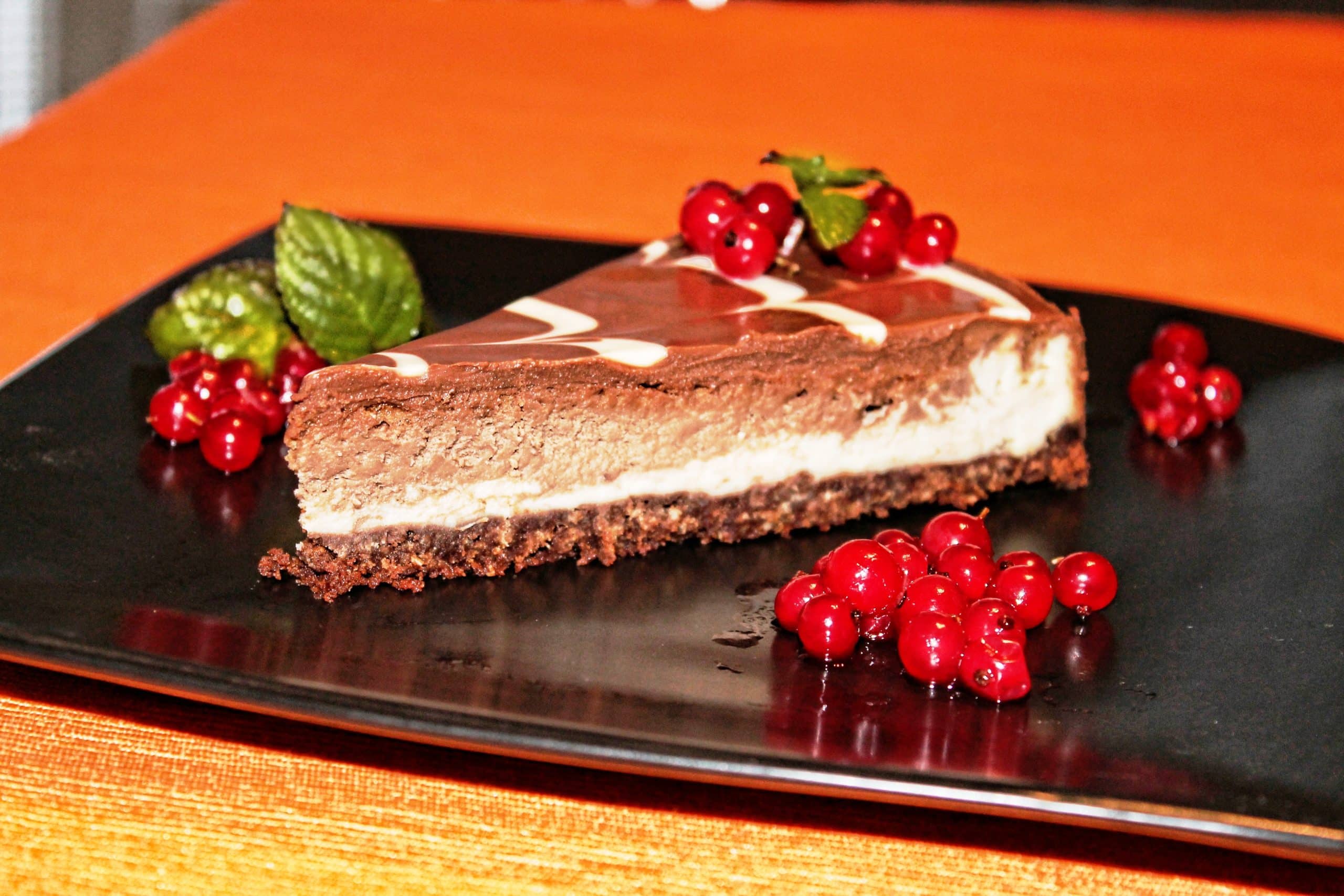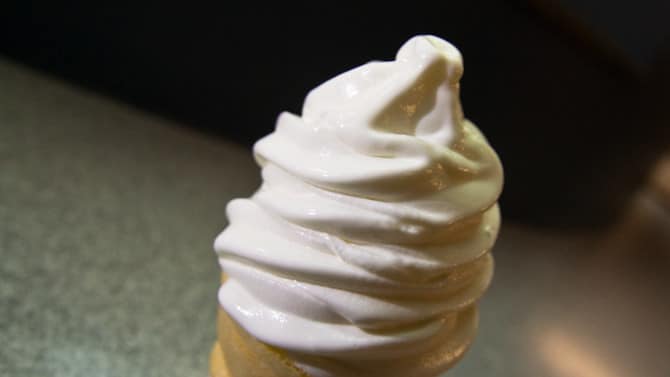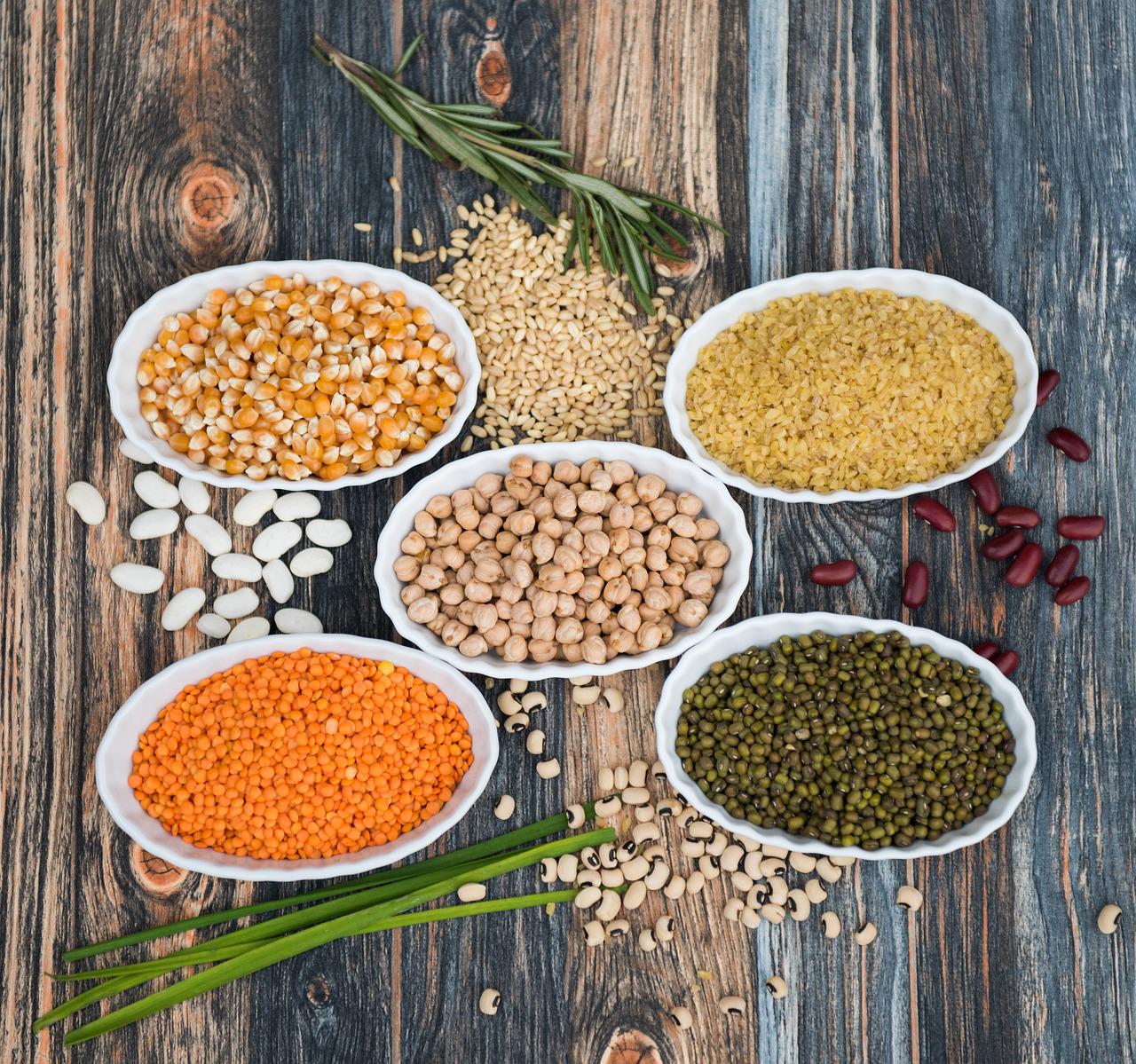- Dallas BBQ Sticky Wings Recipe - December 28, 2025
- Strip House Chocolate Layer Cake Recipe - December 28, 2025
- Microwave a Turkey - December 28, 2025
Cornmeal belongs in every kitchen because it turns plain food into tasty feasts with its unique flavor. Its grainy texture and sweet hint give cornbread that crumbly, golden look that feels warm and cozy. Fans of new recipes know cornmeal delivers a bold punch with no hassle. Believe it or not, cornmeal has been a Southern favorite for hundreds of years, showing that simple ingredients often make the best dishes. Using cornmeal lets cooks try fresh ideas and find delicious surprises when least expected. Keep cornmeal close to make meals pop and add a bit of magic to cooking. This secret ingredient can change everyday food into something unforgettable.
If you’re cooking something that needs cornmeal but you don’t have any then don’t worry too much as there are alternatives.
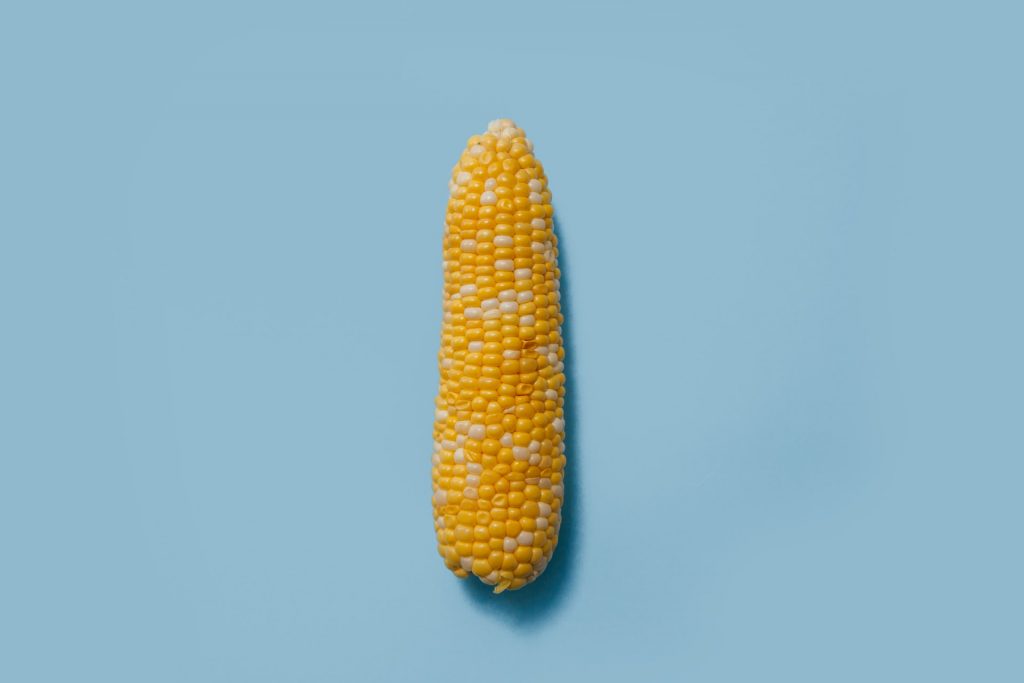
What is cornmeal?
Cornmeal is a coarse flour (referred to as a meal) that is ground from dried corn.
Cornmeal is a common ingredient used in a variety of dishes all over the world.
It’s used to add substance, flavor, and texture to a dish.
Cornbread is something that a lot of people are familiar with but it’s also an ingredient in lots of other recipes.
If you’re confused about what’s cornmeal, cornflour, or corn starch…
In the United States, coarsely ground corn is referred to as cornmeal, and when it’s finely ground it’s called cornflour.
Corn starch is used to describe the fine powder which is obtained by separating the starch powder from the kernel (the crunchy bits).
Cornmeal and cornflour contain the kernel and corn starch does not.
In other parts of the world what people in the United States call corn starch is referred to as cornflour.
Usually, in these places, all milled maize (which contains the kernel) is referred to as cornmeal and all milled maize that doesn’t contain the kernel is called cornflour.
How is cornmeal different from polenta?
On the face of it, cornmeal and polenta are basically the same things.
They are both a type of cornmeal made from ground dried corn.
Polenta is usually served as a dish of its own whereas cornmeal is used as one ingredient in a dish with many other ingredients.
What is different?
True polenta is made from corn called eight-row flint corn (‘otto file’ in Italian) and is ground to a particular consistency.
The corn used gives it a distinctive flavor and the consistency affects the way that it cooks.
Not all polenta nowadays is made with eight-row flint corn (a type of yellow corn), but the types of corn used in polenta are usually similar and so it has a distinctive flavor.
So although they are made the same way, they aren’t the same thing.
An interesting fact: Early polenta was often made with something completely different as a substitute for corn. Rice flour and wheat flour were even known to have been used.
Suggestion: Why not try to make polenta with your own substitute ingredients? See if you’ve got anything similar in your kitchen or grind something up yourself. See what this does to the flavor. This is particularly good if you or someone you know is allergic to corn.
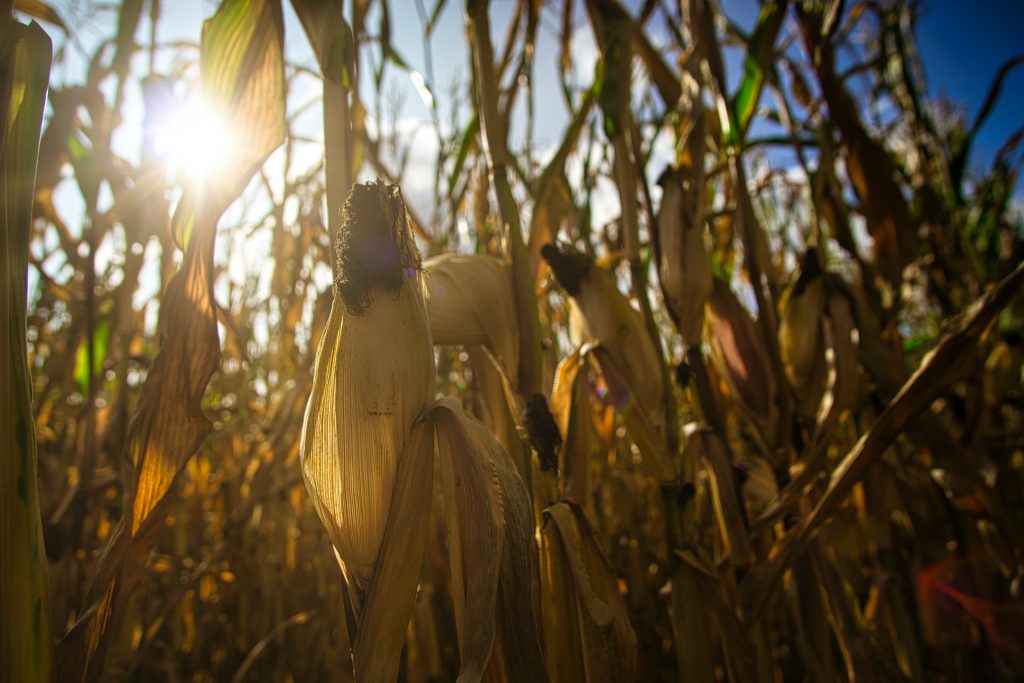
How is cornmeal different from grits?
Corn grits are often thought of as the southern United States’ version of polenta and was traditionally popular in inland rural areas.
Like polenta, corn grits, or just ‘grits’, is served as a dish of its own.
Again, it is a type of cornmeal made from ground dried corn.
What is different?
The difference is that corn grits go through an extra treatment process called nixtamalization.
Before being milled the corn is soaked in lye, which softens the kernels and makes it possible for humans to digest the niacin which is found in the corn.
The corn left after this is called hominy and this is ground down to produce grits.
Grits is cooked in a similar way to polenta but is normally finer and has a more mushy consistency.
Why is cornmeal used in recipes?
Cornmeal is basic food and is a staple ingredient used in many recipes.
It is used in bread, other types of baking, pot cooking, to coat things before frying, and to make many other things.
Most people keep cornmeal in their kitchen.
Cornmeal is high in both carbohydrates and starch.
On top of this corn kernels are a source of thiamine, B6, selenium, manganese, phosphorous, iron, and magnesium.
It also doesn’t contain gluten so is great for people with Celiac disease or gluten intolerance.
Cornmeal is a versatile ingredient and this versatility is what makes it so useful.
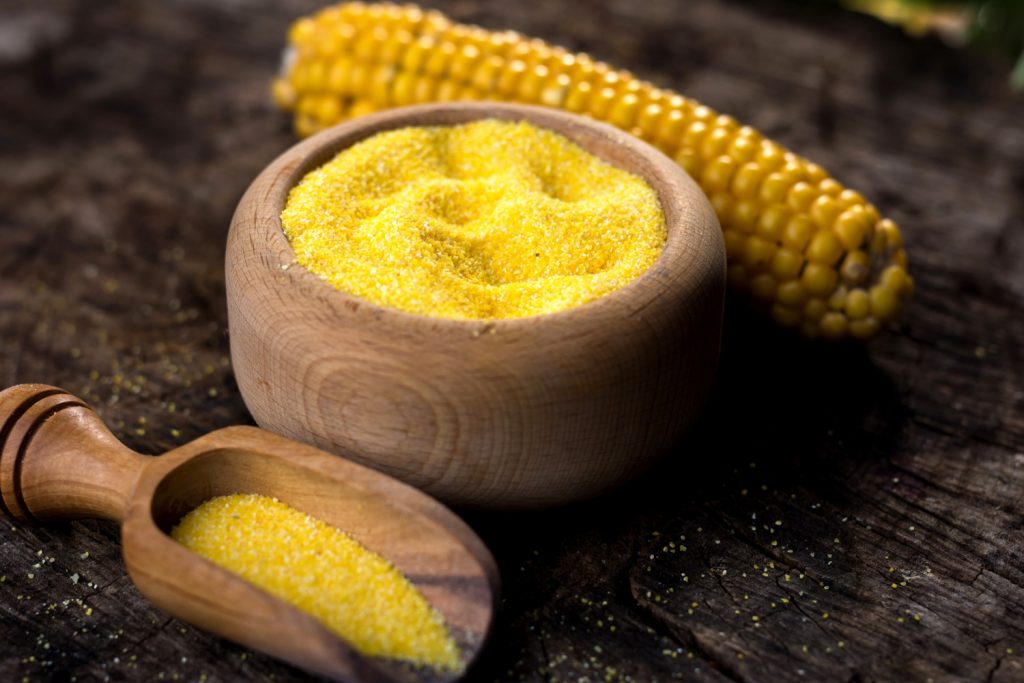
What is a good cornmeal substitute?
There are a few things you can use as a substitute for cornmeal.
The first place to look is at other corn products and particularly things made from ground corn.
Ideally, your cornmeal substitute will have a similar texture and the right corn flavor.
Corn products
Polenta
This is probably the best cornmeal substitute as it’s almost cornmeal itself.
This is usually the closest match for flavor, even if the texture is slightly different.
Just swap them at like for like ratios as stated in your recipe.
You may find that it substitutes so well that you make more cornmeal recipes with it in the future.
Corn Grits
Corn grits are another top substitute for cornmeal.
Like polenta, it is almost the same as cornmeal itself, even if it is more finely ground and has a slightly different taste owing to the way it is treated.
Anyway, it makes a good substitute.
Like polenta, swap it in at like for like ratios as stated in your recipe.
Cooking with grits in place of cornmeal is commonly done.
Corn
If you’ve got some corn handy and a sturdy food processor then why not take your cooking to the next level and make your own cornmeal.
While you’re likely to get the flavor right, the texture might be a bit more difficult.
Even if you grind it as fine as you can, this will probably work best for recipes requiring cornmeal with a coarse texture.
Cornflour
In the US, what is referred to as cornflour is actually finely ground cornmeal.
While the texture will be different this is a close swap and won’t impact your meal too much.
Corn flour is another good replacement.
Corn starch
Corn starch can be used, although with the processing being so different and with the kernel having been removed the flavor and texture are markedly different.
Cornmeal substitutes best with corn starch as a thickening agent or in baking.
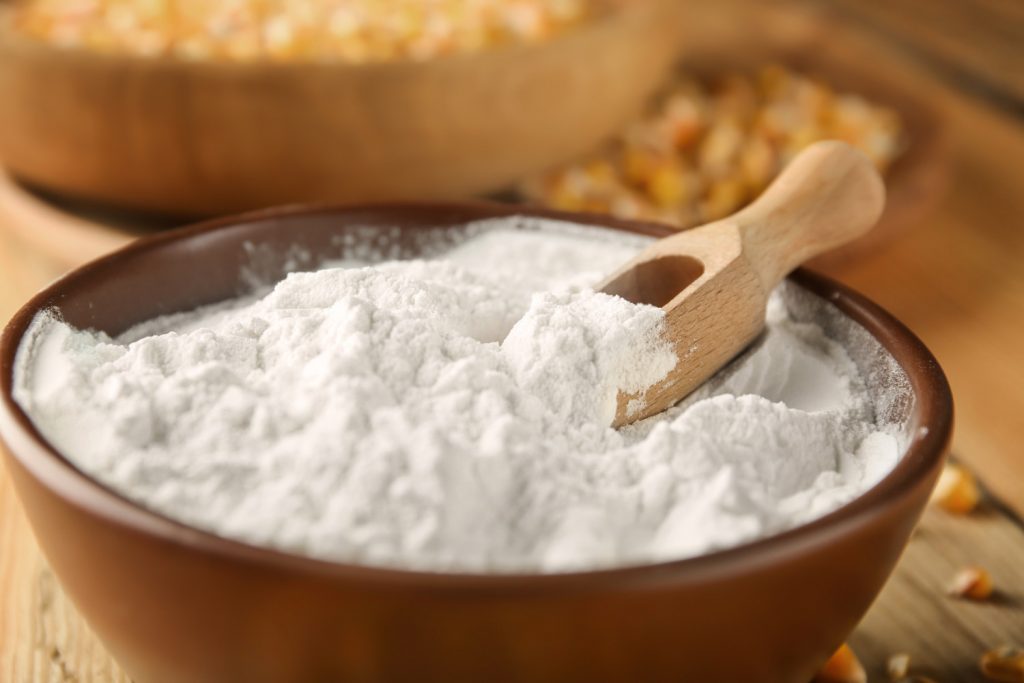
Non-corn products
If you don’t have any corn products, then there are non-corn cornmeal substitutes that you can use.
Wheat flour
People who are allergic to corn will be familiar with wheat flour.
While the taste is different, in many recipes it makes a good substitute for cornmeal.
It can be a good substitute for texture and is particularly good at replacing cornmeal as a thickening agent in sauces and in baking.
It is recommended that you use twice as much to achieve the same results as cornmeal.
Rice Flour
Rice flour can be used in much the same way as wheat flour, as a substitute for cornmeal.
This works particularly well in puddings, in shortbread cookies, and as a thickening agent.
As with wheat flour, it’s recommended that you use twice as much to achieve the same results as cornmeal.
What can you use as a substitute for corn starch?
Below is a list of alternatives for corn starch:
- Potato starch
- Arrowroot flour
- Tapioca flour
You may also like to use powdered instant potatoes as a substitute as this is very similar to potato starch.
Hope this was helpful!
Love,
G.
